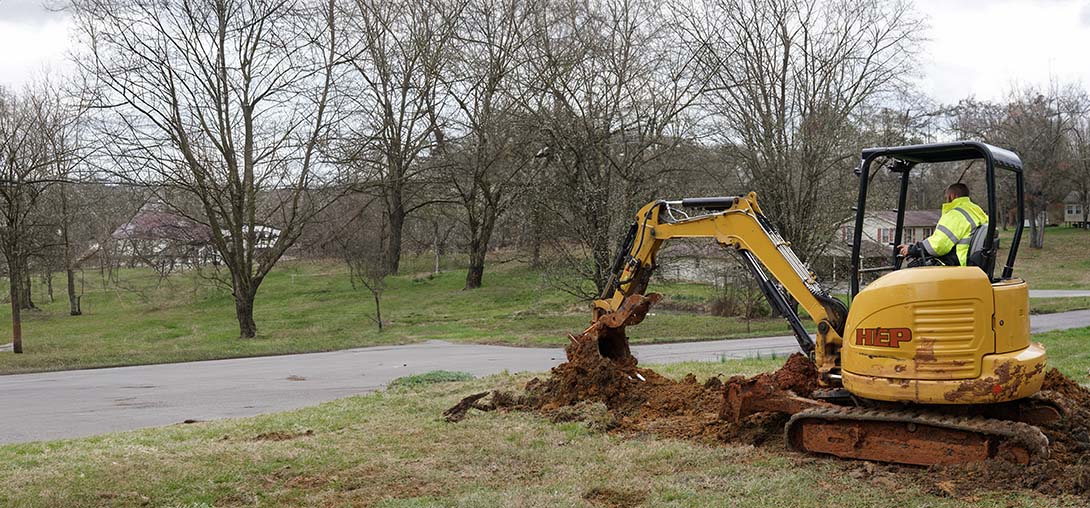

Complex Plumbing Challenges
Your trusted partner for professional home services. Quality workmanship, guaranteed satisfaction.




- HEP
- Complex Plumbing Challenges
Complex Plumbing Challenges | Main Line Issues | Plumbing | Charleston
When water backs up in a Charleston home or business, the culprit is often hidden deep beneath the surface. HEP’s seasoned technicians specialize in untangling the toughest main line issues, from tree-root intrusions and aging cast-iron pipes to grease buildup and shifting coastal soils. Using advanced video inspection, hydro-jetting, and trenchless repair methods, we pinpoint the problem fast and restore full flow with minimal disruption to your yard, driveway, or historic foundation.
Clients trust our 24/7 response because we approach every clogged drain, foul odor, and sudden flood as a puzzle worth solving, not just another service call. Whether you’re facing recurring backups or planning preventative maintenance, HEP delivers clear communication, transparent pricing, and craftsmanship that keeps Charleston’s water moving smoothly—today and for decades to come.
FAQs
What are the most common signs that my home’s main sewer line is compromised?
Typical red flags include multiple slow-draining fixtures at once, sewage odors inside or outside the house, gurgling sounds when you flush or run a sink, unexplained wet spots in the yard, and frequent back-ups despite snaking individual drains. Because the main line services every branch line in the building, issues usually appear in several fixtures simultaneously rather than in just one location. If you notice any of these symptoms, schedule a camera inspection immediately to confirm the condition of the pipe and prevent a complete blockage or collapse.
How does Charleston’s coastal environment influence main line problems?
Charleston’s high groundwater table, sandy soils, and seasonal hurricanes all place unique stress on buried sewer lines. Saturated soils can cause pipes to sag (creating belly sections where waste pools), while shifting sands may misalign or separate pipe joints. Salt-air corrosion can attack older cast-iron lines more rapidly, and sudden storm surges may force debris or tidal water into the municipal system, pushing back toward your private line. Our technicians factor these regional challenges into every diagnosis and recommend materials—such as corrosion-resistant PVC or HDPE—and installation depths that withstand local soil movement and water intrusion.
What trenchless repair options are available if excavation isn’t ideal for my property?
We offer two primary trenchless solutions: pipe lining and pipe bursting. 1) Cured-in-Place Pipe (CIPP) Lining: A flexible epoxy-saturated liner is inverted through the existing line, then cured with hot water, steam, or UV light to form a seamless new pipe within the old one, sealing cracks and minor gaps. 2) Pipe Bursting: A cone-shaped bursting head breaks apart the failing pipe while simultaneously pulling a new HDPE pipe into place. Both methods require only small access pits, preserve landscaping and driveways, and can usually be completed in one day, saving time and restoration costs compared with open-cut excavation.
Can tree roots really infiltrate modern PVC main lines, and how do you prevent or fix that?
Yes. While PVC joints are tighter than those on clay or cast iron, microscopic gaps, poor installation, or ground movement can still allow fine roots to enter in search of moisture. Once inside, roots expand and create obstructions. Prevention starts with proper bedding and solvent-welded joints, plus strategic planting away from utility corridors. If roots have already invaded, we mechanically remove them with a hydro-jetter or root cutter, then apply a foaming herbicide that kills residual roots without harming the tree. For long-term protection, a CIPP liner or seamless HDPE replacement eliminates joints altogether, denying roots a point of entry.
How much should I expect to pay for main sewer line repair or replacement in the Charleston area?
Costs vary with depth, pipe material, length, and repair method, but typical ranges are: • Camera inspection and hydro-jet cleaning: $300–$600. • Spot repair (excavation): $1,000–$3,500. • Full open-trench replacement: $80–$150 per linear foot, totaling $6,000–$15,000 for an average home. • Trenchless pipe lining or bursting: $120–$200 per linear foot, but with far lower landscape restoration costs. We provide a detailed written estimate after inspection, itemizing labor, materials, permits, and any municipal tap fees. Financing plans and utility rebates may offset part of the investment.
How quickly can you respond to an emergency main line backup, and what should I do until help arrives?
Our 24/7 emergency crew can typically be on-site anywhere in the greater Charleston metro within 90 minutes. While you wait: 1) Stop using all water fixtures to prevent additional waste from entering the clogged line. 2) If sewage is backing up, turn off electricity in affected areas for safety. 3) Keep children and pets away from standing water to avoid health risks. 4) If you have a clean-out port in the yard, remove the cap cautiously to relieve pressure and allow some overflow outside instead of inside. 5) Gather any warranty or previous repair documents for our technician. Once we arrive, we’ll perform a camera inspection, clear the blockage, and propose a permanent fix to prevent repeat emergencies.